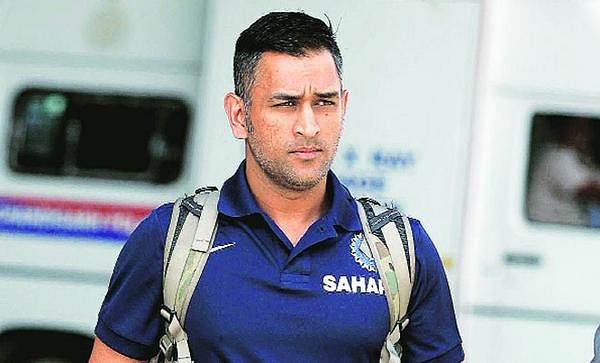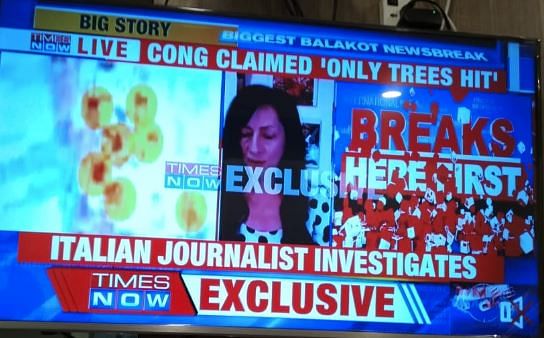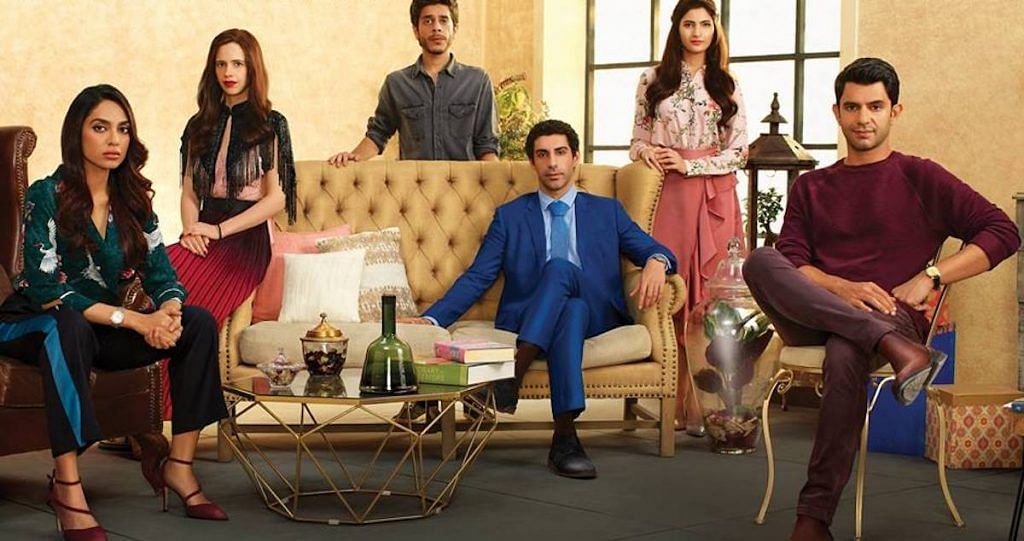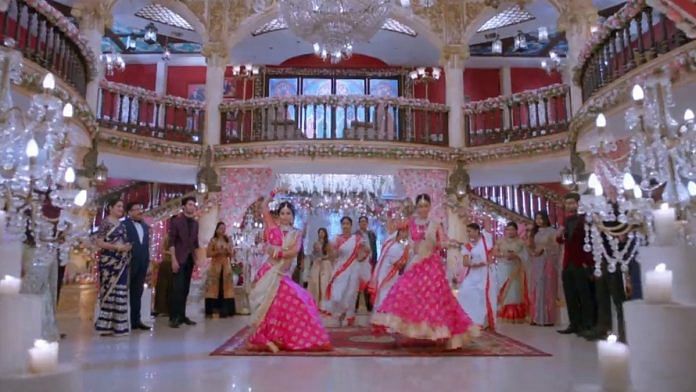When Prime Minister Narendra Modi “attacks” Congress (India Today), which of course he does at least as many times as he speaks, when Priyanka Gandhi Vadra and West Bengal chief minister Mamata Banerjee reply by likening Modi-Shah to “Duryodhana” (CNN News 18) and when Delhi chief minister Arvind Kejriwal is slapped by a man in a red T-shirt (Times Now), regular viewers of TV soap operas yawn, least surprised.
They would tell you that in just the last few days, Babbu’s mother slapped her worker, then Babbu’s father slapped his attendant and Nimki will slap Babbu’s mother next week (Nimki Mukhiya, Star Bharat). Meantime, Prerna has slapped Komolika so hard, the prodigious array of jewels on her neck nearly fell off (Kasauti Zindagi Kay, Star Plus).
IPL fans will snort, unimpressed.
In this year’s tournament, they have seen Mahendra Singh Dhoni, Andre Russell, David Warner, Hardik Pandya, Rishabh Pant besides other batsmen, not simply attack but bludgeon the opposition. These blows have been as mighty if not mightier than the verbal assaults in TV news studios or on the election stump.

Also read: This election, not just politicians, foul-mouthed TV news anchors must be reined in too
As for Duryodhana, why the entire Mahabharat (Star Bharat) is playing out on the battlefield of TV entertainment, with Chandragupta Maurya (Sony) and Jhansi Ki Rani (Colors) on its flanks.
When it comes to conflict, violence, argument or unseemly behaviour, TV soaps have taught TV news – and perhaps even politicians – a thing or two about melodrama.
For example, TV news has a fondness for panel discussions with 4-10 participants where the camera captures them together and then individually for their responses.
Switch to Yeh Rishta Kya Kehlata Hai (Star Plus), Naagin 3 (Colors), Guddan Tumse Na Ho Payega (Zee). In each episode of these, at least one scene will feature the entire family – 4-10 members – in the main hall attending a confrontation as the camera pans from one to the other for their reactions. The only difference between these encounters and those on TV news is that the characters turn red, blue, yellow to reflect the intensity of their feelings, while news panellists and anchors just see red – especially when burning questions are asked on Times Now and Republic TV.
The comparisons don’t end there: IPL, TV news and TV serials live in a heightened, exaggerated world of unreality where everything is magnified and amplified.
A six is not simply a six, it is “a stupendous” six (Star Sports). A Times Now newsbreak Wednesday, claiming that a foreign journalist has confirmed that 130 Jaish-e-Mohammed terrorists were killed in the Balakot airstrike, is not simply a “newsbreak” it is the “biggest Balakot airstrike break” accompanied by a graphic of breaking pieces of news (we kid you not).

When Kejriwal was slapped, when Nimki will slap her “mother-in-law”, the act will be replayed in slow motion with special effects and music, and repeated as many times as a Dhoni six is—to attract attention and ensure you don’t miss any of the action.
Also read: With Duryodhan & Dushaasan, politicians pushing Indian democracy back to dark ages
The IPL, with all its expensive players, its cheerleaders and cricketers in coloured clothes, is an aspirational event for every young child who can still dream about becoming a Dhoni or Rishabh Pant. And the sixers are only becoming bigger, better and more monstrous.
Meanwhile, TV soaps have fallen off the cliff into wonderland. Be it a Kasauti… (Star Plus) or Aap Ke Aa Jane Se (Zee), they exist in a bubble or what look like old Bollywood film sets – the ones with winding staircases in huge havelis. The interiors are ornate, lavish, extravagant like 7-star hotels; the characters are dressed like they’re attending an Ambani wedding in their sleep, the women choke on their jewellery, the men in their bow ties/dinner jackets.
The only crises in this world are falling in and out of love, revenge and retribution.
In fact, the closest these serials come to anything real is rampant unemployment: the protagonists have no ostensible professions, never work because they are too busily employed in the family’s politics. (By the way, when last did you see a discussion on jobs on TV news?)
This is a world of the rich in a world of unlimited richness, so far removed from anything that remotely relates to viewers – urban or rural—that it is a little shocking.
Also read: Modi govt’s biggest failure has been in tackling unemployment, says Manmohan Singh
Contrast it with Amazon Prime’s Made in Heaven about a wedding planning agency. Here, the universe of the bling and the beautiful envelopes many other worlds and tackles issues of caste, creed, friendship and sexual orientation – there’s also a woman from small-time India who dares to dream big.

Of course, there are exceptions that at least approach a reality we can recognise: to name a few—all the shows on Sab Sony, Nimki, Patiala Babes (Sony), Krishna Chali London (Star Plus) and Colors’ Kesari Nandi about a young girl who wants to be a wrestler.
Even here, though, there is nothing close to the life of 14-year-old Sunaina (NDTV 24×7). Prannoy Roy ploughed through the field of village Mohanlalganj, Uttar Pradesh, alongside her as she carried the world of her woes in the heavy bag of straw upon her head, lightly. She doesn’t have enough to eat or to pay her school fees but she hopes to be a doctor. That’s real, that’s aspirational.






